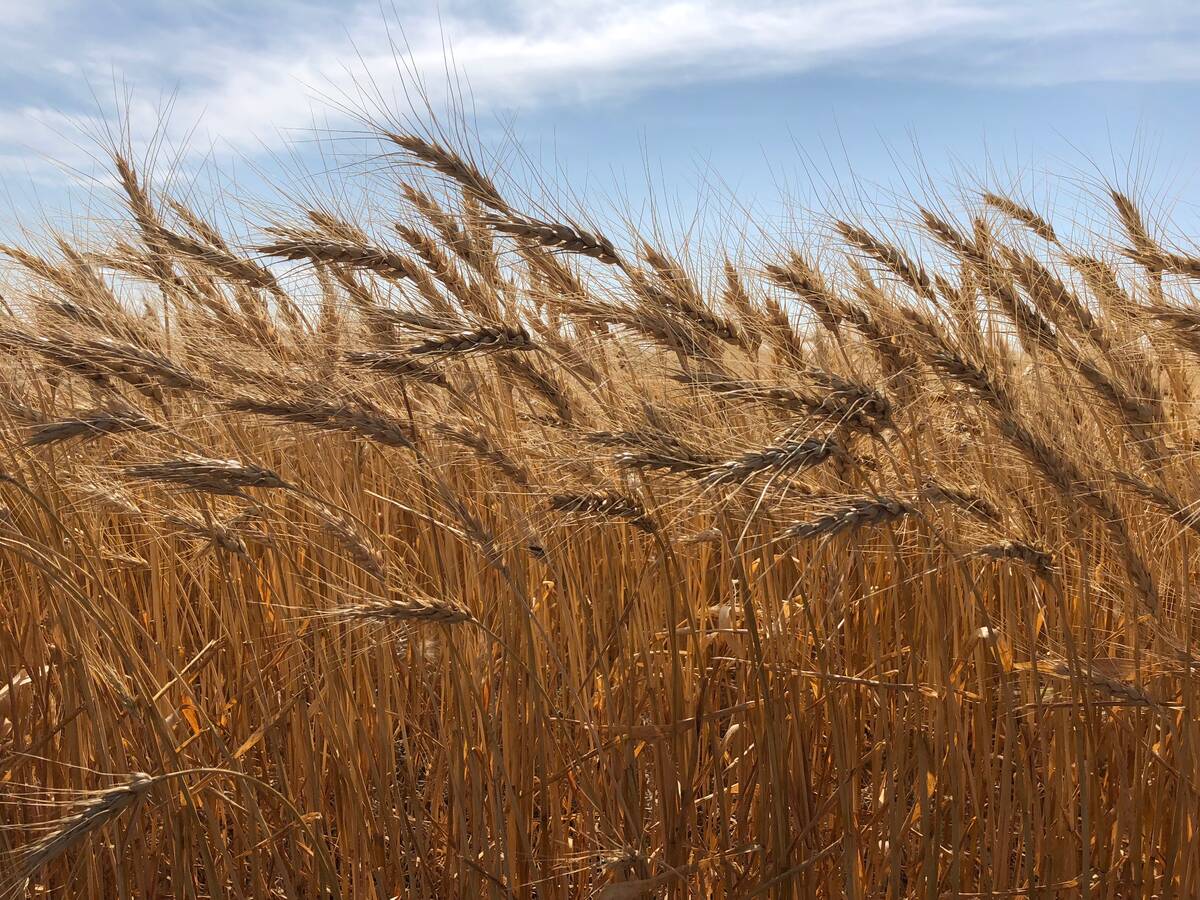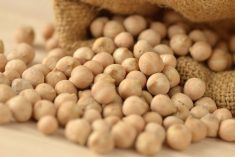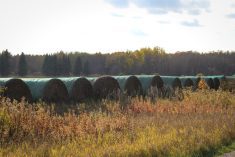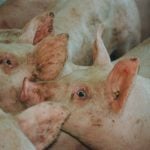MarketsFarm — Despite a rough start to southern Manitoba’s growing season, Manitoba Pulse and Soybean Growers executive director Daryl Domitruk was content with how 2022 came to pass.
“For pulses and soybeans, it was generally a good year as a result of some very good yields in soybeans and some quite good yields in dry beans and some variable, but respectable yields in peas,” he said, adding that strong market prices and the reduced need for high-priced fertilizer for pulse crops created more demand for soybeans and pulses.
Read Also

Australia raises wheat harvest estimate by nearly two million tonnes
Australia’s ABARES raised its forecast for national wheat production this season by around 1.8 million tonnes to 35.6 million tonnes, cementing expectations for a bumper harvest that will add to abundant global supply and pressure prices.
“Those improved the profitability of those crops for 2022,” he said.
A higher-than-normal winter snowpack plus frequent rains in the spring combined to cause overland flooding many parts of southern Manitoba, which led to late seeding and reduced acres for both soybeans and pulses in the province.
Domitruk estimated the number of soybean acres in Manitoba at about 900,000, a decline of 300,000 from previous years. Producers also had their choice of high-priced crops last spring, which also made pulses less attractive to them.
However, he added, Manitoba Agricultural Services Corp. (MASC) decided to extend crop insurance deadlines in most soybean-growing areas of the province, which gave the crop a boost. A temperate summer, unlike the drought which wreaked havoc on crops in 2021, and a frostless fall also didn’t hurt production.
“We had a reduction in acres, but those acres that did go in, for peas, dry beans and soybeans, ended up being rather profitable this year,” Domitruk said. “Compared to the previous couple of years, there was ample soil moisture available. The crops took advantage of that. We also received rains in August and those are always favourable for soybeans.”
Demand was strong for both soybeans and dry beans grown in Manitoba in 2022, according to Domitruk — and demand for the former may be carrying over into this year, as well.
“We’re hearing that there is an increased demand for soybean seed because the high prices are sticking around and the high nitrogen prices are going to be sticking around too,” he said.
“It will help balance things out if you could include an annual legume at least on a percentage of your acres and help reduce the nitrogen fertilizer bill and take advantage of these strong prices for legumes and pulses. We’re just looking for timely seeding (in 2023)… If that happens, we should be looking at a really good crop.”
— Adam Peleshaty reports for MarketsFarm from Stonewall, Man.
















